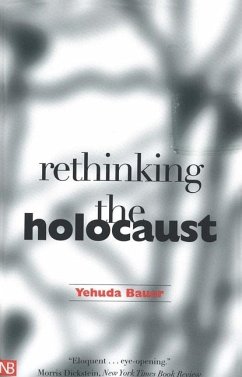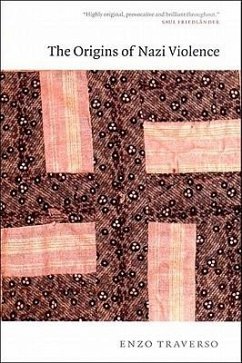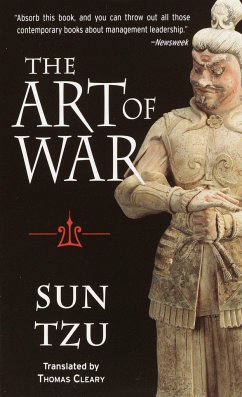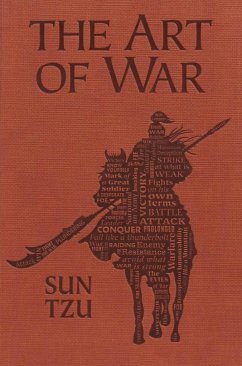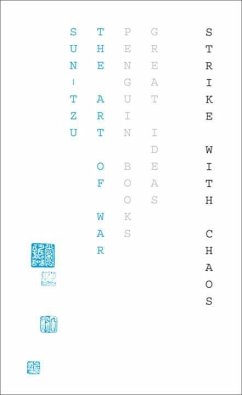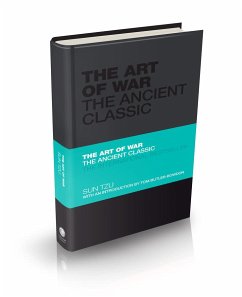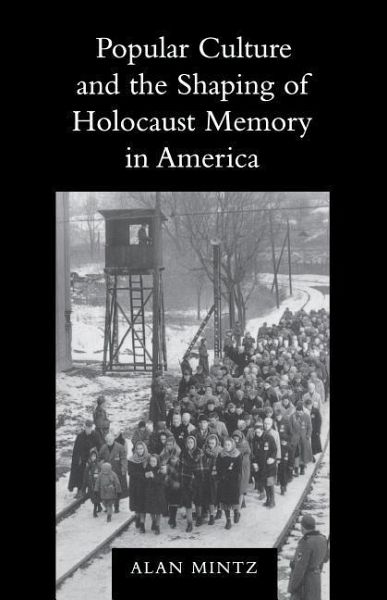
Popular Culture and the Shaping of Holocaust Memory in America

PAYBACK Punkte
15 °P sammeln!
The Holocaust took place far from the United States and involved few Americans, yet rather than receding, this event has assumed a greater significance in the American consciousness with the passage of time. As a window into the process whereby the Holocaust has been appropriated in American culture, Hollywood movies are particularly luminous. Popular Culture and the Shaping of Holocaust Memory in America examines reactions to three films: Judgment at Nuremberg (1961), The Pawnbroker (1965), and Schindler's List (1992), and considers what those reactions reveal about the place of the Holocaust...
The Holocaust took place far from the United States and involved few Americans, yet rather than receding, this event has assumed a greater significance in the American consciousness with the passage of time. As a window into the process whereby the Holocaust has been appropriated in American culture, Hollywood movies are particularly luminous. Popular Culture and the Shaping of Holocaust Memory in America examines reactions to three films: Judgment at Nuremberg (1961), The Pawnbroker (1965), and Schindler's List (1992), and considers what those reactions reveal about the place of the Holocaust in the American mind, and how those films have shaped the popular perception of the Holocaust. It also considers the difference in the reception of the two earlier films when they first appeared in the 1960s and retrospective evaluations of them from closer to our own times. Alan Mintz also addresses the question of how Americans will shape the memory of the Holocaust in the future, concluding with observations on the possibilities and limitations of what is emerging as the major resource for the shaping of Holocaust memory-videotaped survivor testimony. Popular Culture and the Shaping of Holocaust Memory in America examines some of the influences behind the broad and deep changes in American consciousness and the social forces that permitted the Holocaust to move from the margins to the center of American discourse.



